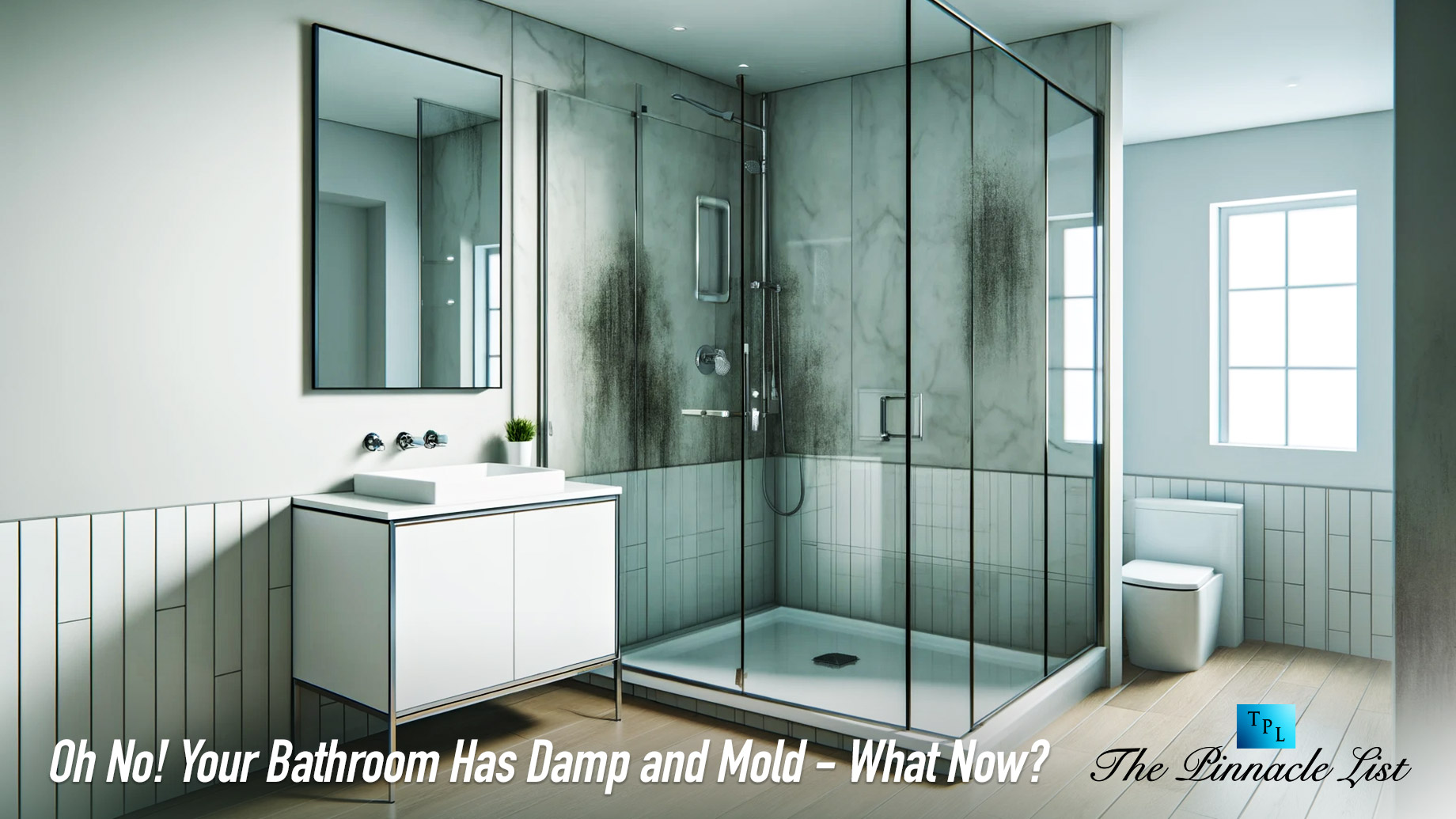
You’ve noticed it. That awful smell that signifies dampness or mold in your bathroom. Perhaps you haven’t used this space in a little while for the problems to grow unchecked, or you’ve returned from living elsewhere and see trapped moisture has caused issues. Perhaps you’ve rented out a house, and the tenant failed to ventilate the space.
Either way, damp and mold problems lurk in many bathrooms. If left to rot, these issues damage surfaces and create health risks through mold toxins. It’s hard not to feel dismayed once you encounter these issues, especially their impact on tile and grout.
Let’s consider what to do in this scenario:
Mold Problems On Tile
Bathroom tiles seem easy to clean, but mold attaches tightly to grout lines and rough tile surfaces. Regular cleaning often misses these areas, which is why the problem can arise. In addition, mold colonies spread quickly and rarely with your permission.
The black, green, brown, or gray discoloration is a good indication that mold has formed. Moldy grout crumbles over time from moisture damage, which harms your tile installation. Moreover, ignore mold and it grows worse. Airborne spores can be inhaled, causing health issues like stuffy nose, sneezing, and eye irritation for some people. If you notice mold problems on the tile, make sure to resolve the issue quickly.
Cleaning Moldy Grout
Scrubbing with tile cleaner helps some on tile surfaces, but grout lines need your special attention. Cleaning products with bleach can kill mold more effectively. Tile and grout cleaning services can help perfect the job.
For stubborn mold stains that won’t come clean with regular tile cleaner, make a simple paste by mixing bleach and water (wear gloves and a mask) and applying it directly to the affected grout lines using an old brush or toothbrush. Allow the bleach to soak in for 10-15 minutes so it can kill the mold before scrubbing at the stains, making sure to work it into the grout. Rinse the area thoroughly with clean water after scrubbing and air the room out.
Preventing Future Mold
The best thing you can do with mold is stop it from occurring. You can prevent further growth after correcting, cleaning, and removing existing mold.
We recommend using a squeegee to wipe down shower walls after use so surfaces can dry fully, especially in a wet room. Run the bathroom exhaust fan during showers and for 30 minutes after to remove humid air. Ideally, this should be set automatically in line with your bathroom lighting. Try to fix any leaking taps, pipes, or drains right away before they cause damage.
If your grout is discolored or crumbling, reapply it every few years as part of routine maintenance. Grout variants to help remove mold growth exist and can be useful in this case. If you combine these methods, you will be sure to rid yourself of this problem over the long term or at least know what warning signs to look for.